In the catering trend of pursuing freshness, convenience and unique experience, Seafood Trailer is redefining the consumption scene of seafood with the innovative model of “instant freshness”. From seaside towns to city streets, from music festivals to community markets, one after another of the well-designed seafood trailers perfectly blend the gifts of the ocean with the atmosphere of fireworks, becoming the “mobile freshness coordinate” pursued by diners.
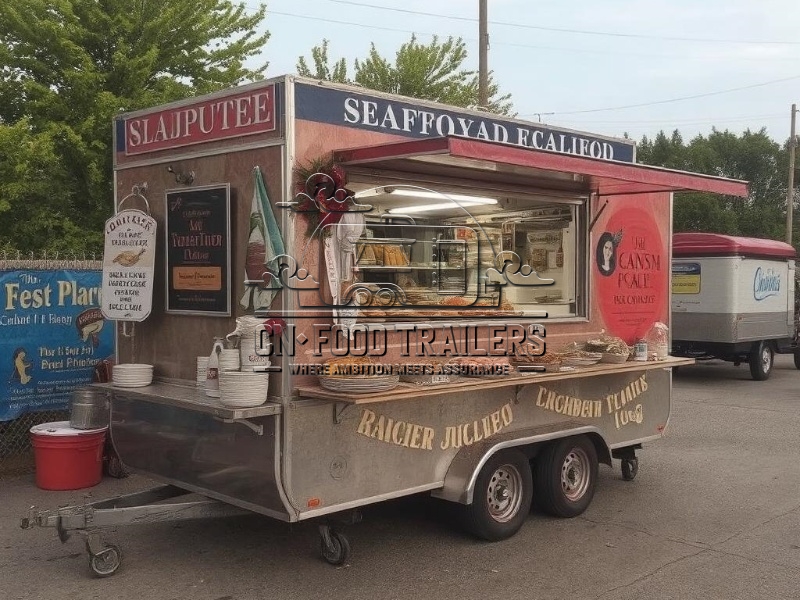
Core Features
1.Extremely fresh, locking in the seafood flavor
- Unlike fixed restaurants, Seafood Trailer often works directly with local fishermen or seafood suppliers to directly purchase seasonal fresh ingredients (such as lobster, oysters, scallops, and fish) every day. Some food trucks even provide “caught and cooked” services to retain the ocean flavor to the maximum extent.
2.Flexible scenarios, precise reach
- Without the need for high store rents, food trucks can move flexibly according to customer needs: on weekdays, they stop around office buildings to provide “seafood light meal packages”; on weekends, they drive into scenic spots or music festivals to become “seafood party centers”; on holidays, they go deep into the community to create a “seafood market at the doorstep.”
3.Creative dishes with strong social attributes
- The menu design takes into account both classics and innovations, such as “Garlic Butter Lobster Rolls”, “Thai Lemon Squid Skewers”, “Raw Marinated Seafood Cups”, etc., which not only satisfy traditional seafood lovers, but also attract young groups to take photos and check in. Some food trucks also offer “seafood blind boxes” or “DIY seasoning stations” to enhance interactivity and fun.
4.Environmental protection and sustainability
- Use degradable lunch boxes and biodegradable detergents. Some dining cars are equipped with solar panels for power supply or wastewater recycling systems to implement the concept of green catering.
Internal equipment
- Fresh food processing area: equipped with small fresh food temporary storage boxes (for lobsters, crabs, etc.), ice crushers, and rapid thawing equipment to ensure the freshness of food.
- Cooking core area: integrated multi-functional grill (frying and grilling fish and shrimp), steam pot (steaming oysters and shellfish), deep fryer (frying fish and chips), portable charcoal grill (for outdoor scenes), to meet various cooking needs such as frying, grilling, steaming, and frying.
- Rapid cooling and preservation system: commercial-grade refrigerators, freezers, and vacuum packaging machines to ensure the safety of food storage and semi-finished product production.
- Intelligent ordering and payment system: touch screen ordering machine, mobile payment terminal, cloud inventory management system to achieve fast order acceptance and data management.
- Hygiene and safety equipment: ultraviolet disinfection cabinet, independent water purification system, non-slip floor mats and fire extinguishers, in line with food safety and fire protection regulations.
Application
1.Seaside tourism economy
- Stop at fishing ports, beaches or seaside resorts, provide freshly opened oysters, grilled lobsters, seafood platters, etc., and become a popular choice for tourists to experience “seafood direct delivery”.
2.Urban catering innovation
- In office buildings, shopping malls or night market blocks, launch “seafood light meal packages” (such as salmon poke bowls and shrimp salad rolls) to meet the healthy eating needs of office workers.
3.Events and festival scenes
- In music festivals, food festivals, and sports events, seafood food trucks are transformed into “energy supply stations” to provide ready-to-eat seafood snacks (such as octopus balls, squid rings) and special drinks (such as sea salt lemon sparkling water).
4.Community and public welfare services
- Go deep into community squares or public welfare markets to benefit residents with affordable seafood packages, or jointly organize “sustainable seafood science activities” with environmental protection organizations to enhance the social value of the brand.
5.Brand co-branding and cross-border cooperation
- Cooperate with beer brands and bartenders to launch “seafood + beverage” packages, or co-design the appearance of food trucks with artists to create a “mobile seafood art exhibition”.

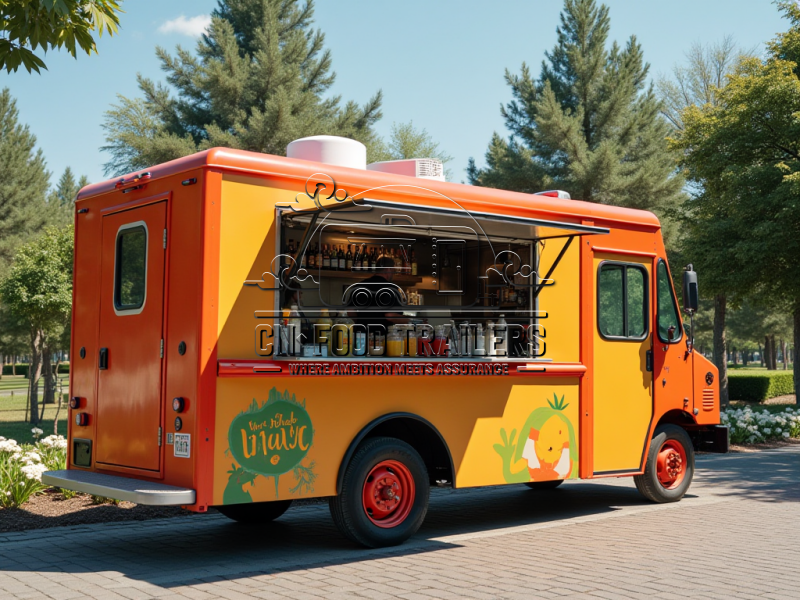

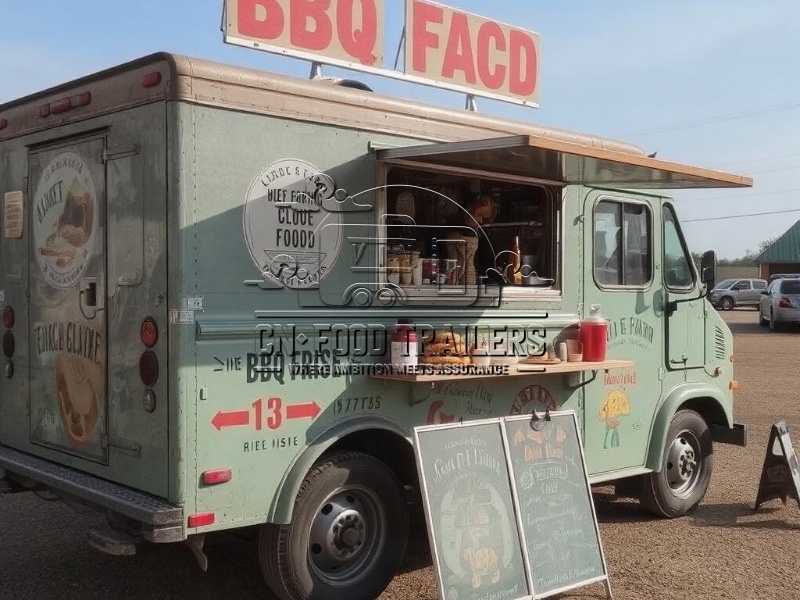
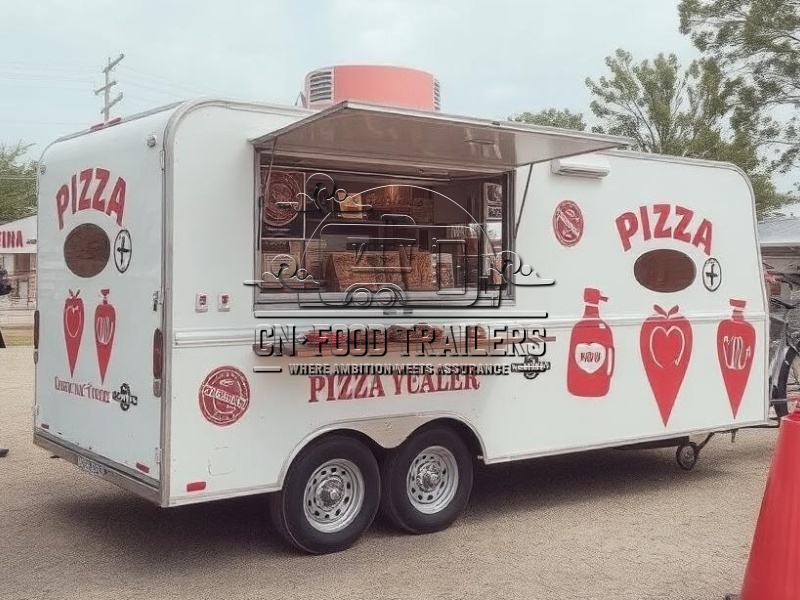
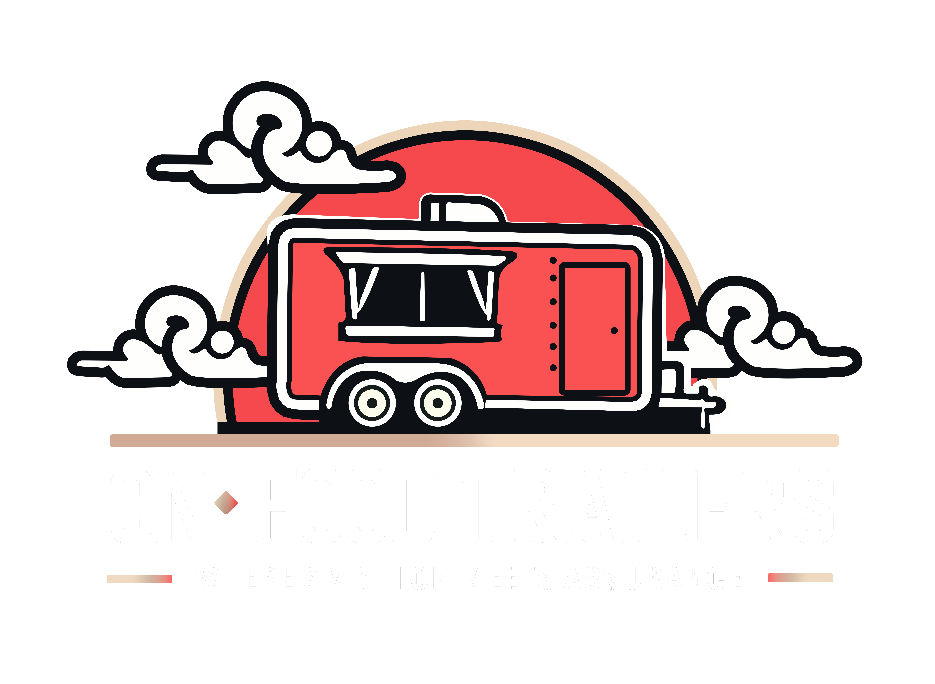
Leave A Comment